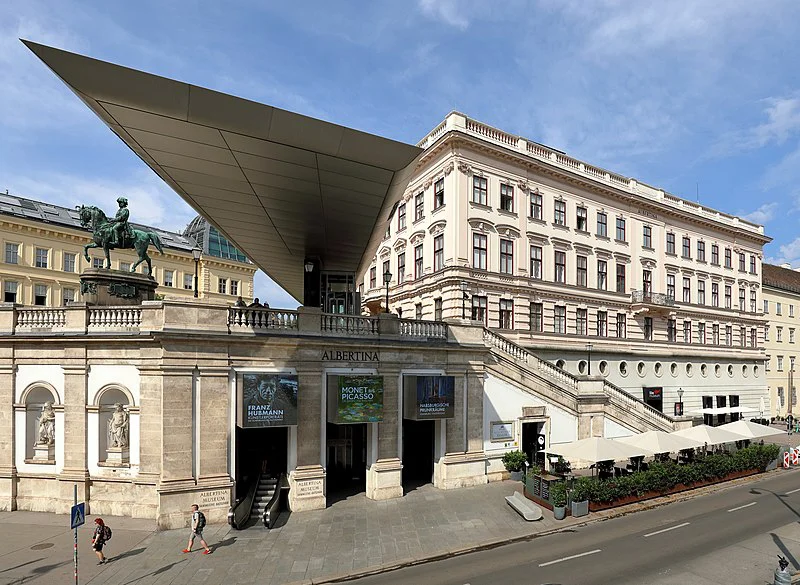To which Habsburg can the natural history collections be traced back? When did the Natural History Museum open? What highlights does the museum offer?
The domed twin buildings of the two court museums, the Kunsthistorisches Museum and the Naturhistorisches Museum, designed by Gottfried Semper and Carl von Hasenauer , were intended to provide an appropriate setting for the treasures of art and nature that had been accumulated by the Habsburgs over four centuries.
The Natural History Museum (NHM) is located directly opposite the KHM. A completely identical building that perfectly represents Vienna’s Ringstrasse architecture of the 19th century. It is particularly popular with families with children and nature fans. The museum is home to
Highlights at the Natural History Museum
The highlight is the Venus of Willendorf , an archaeological find, an almost 30,000-year-old 11cm tall female figure that still puzzles us today. Reproduced
The Natural History Museum also impresses with rare fossils, snails, shells, corals , as well as precious minerals and gemstones. Animal specimens of all kinds of animals are also fascinating.
In contrast to the art collections of the Kunsthistorisches Museum, the natural history collections were long regarded as curiosities . It was not until Emperor Franz Stephan of Lorraine (husband of Maria Theresa) began to conduct scientific research and initially established a private natural history cabinet. These included minerals, fossils, snails, corals and shells . Plants and animals were kept in menageries and botanical gardens, as the art of taxidermy was not yet very advanced in the mid-18th century. The natural history cabinet was one of the most advanced in Europe at the time.
Expansion to include the animal cabinet
Another patron was Franz II/I (1792-1835), who added an animal cabinet to the natural history collection. Through the marriage of his daughter Leopoldine to the Brazilian crown prince Dom Pedro, renowned researchers were sent to Brazil and the collection continued to grow, reaching its first peak as a museum of world renown . The circumnavigation of the world by the frigate “Novara” contributed further to this.
In the past, the exhibits were initially housed in the Court Natural History Cabinet in the Leopoldine Wing of the Hofburg. They were then moved to the Augustinian Corridor and the Botanical Cabinet of the University. The space problem continued to grow until August 10, 1889 , when the Natural History Museum on Vienna’s Ringstrasse was opened in the presence of Emperor Franz Joseph himself.
The scientific research department is impressive: From prehistoric, zoological, botanical to geological , every discipline is represented here. The lectures on nature, sustainability and environmental protection, which are held regularly in the lecture halls, are also interesting.
Time Travel Tip: Once a week there are rooftop tours, i.e. you can see “behind the scenes” of the museum, go up to the roof and enjoy the wonderful view over Vienna’s city center. Perhaps you would like to combine this with a special dinner? The popular weekly “shell dinners” take place in the domed hall , where you can dine in a uniquely imperial ambience.
The Natural History Museum also offers a varied and exciting program for children with puzzle rallies through the museum. Or how about a “Night at the Museum?
More info: Natural History Museum Vienna – Naturhistorisches Museum Wien (nhm-wien.ac.at)
Image source: https://commons.wikimedia.org/wiki/File:Wien_-_Naturhistorisches_Museum_(1).JPG?uselang=en



